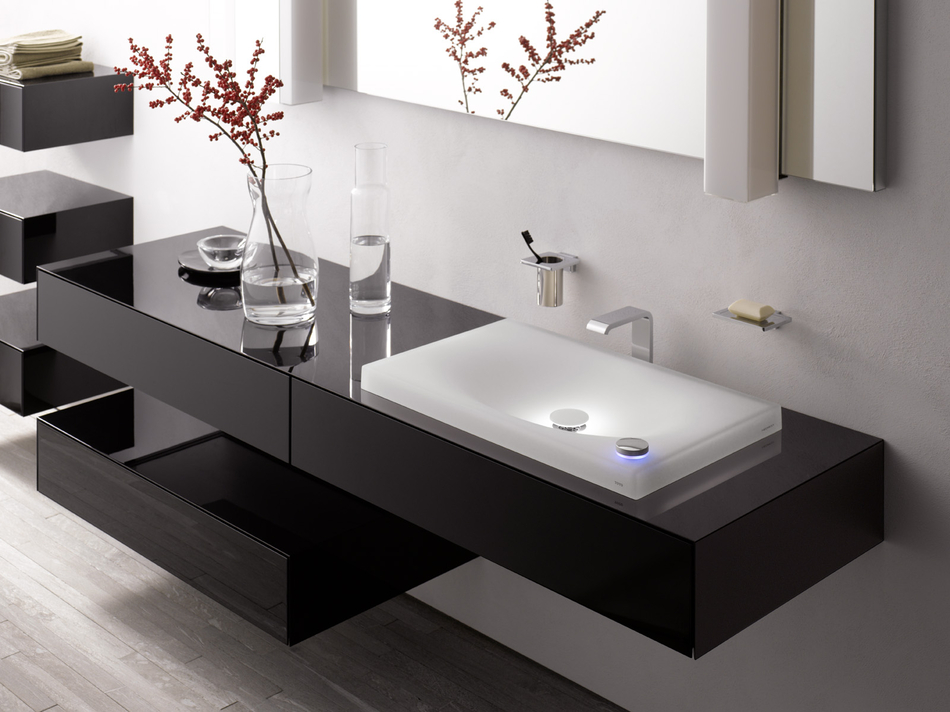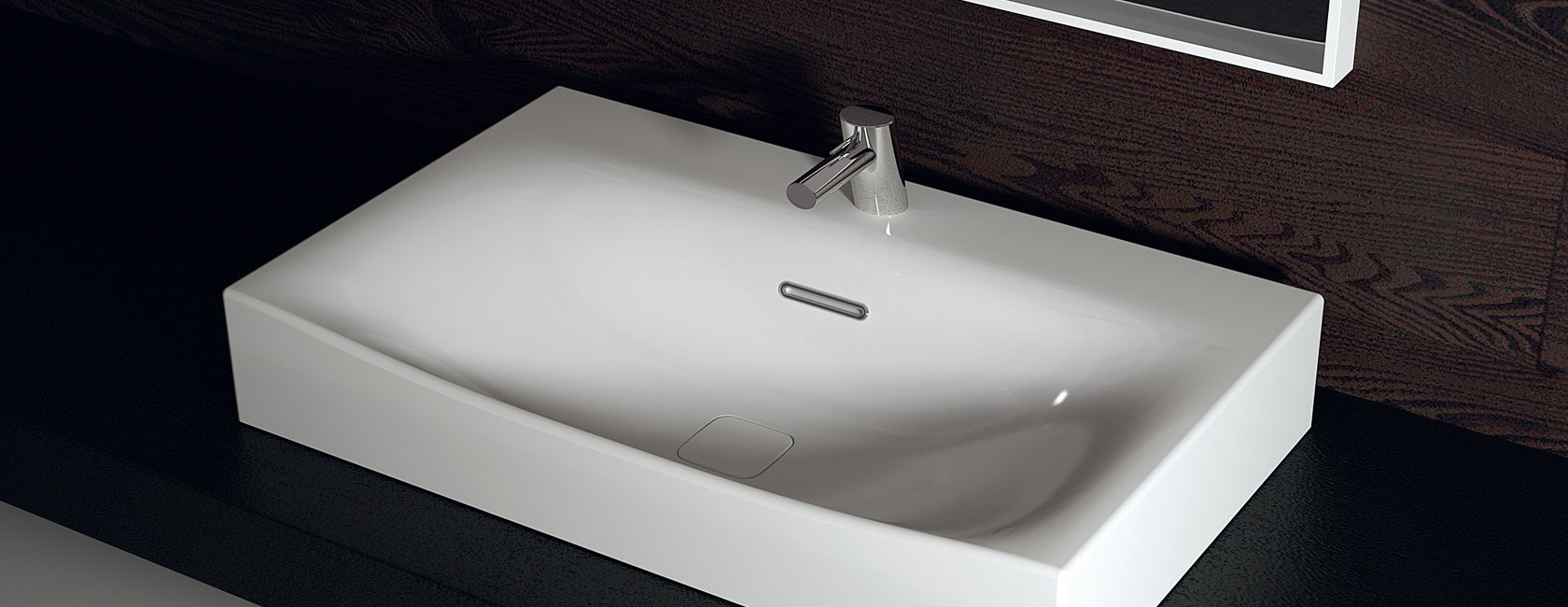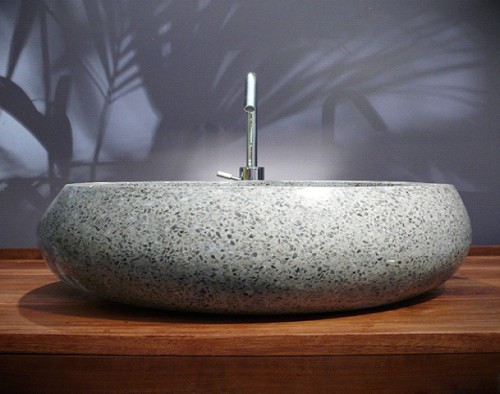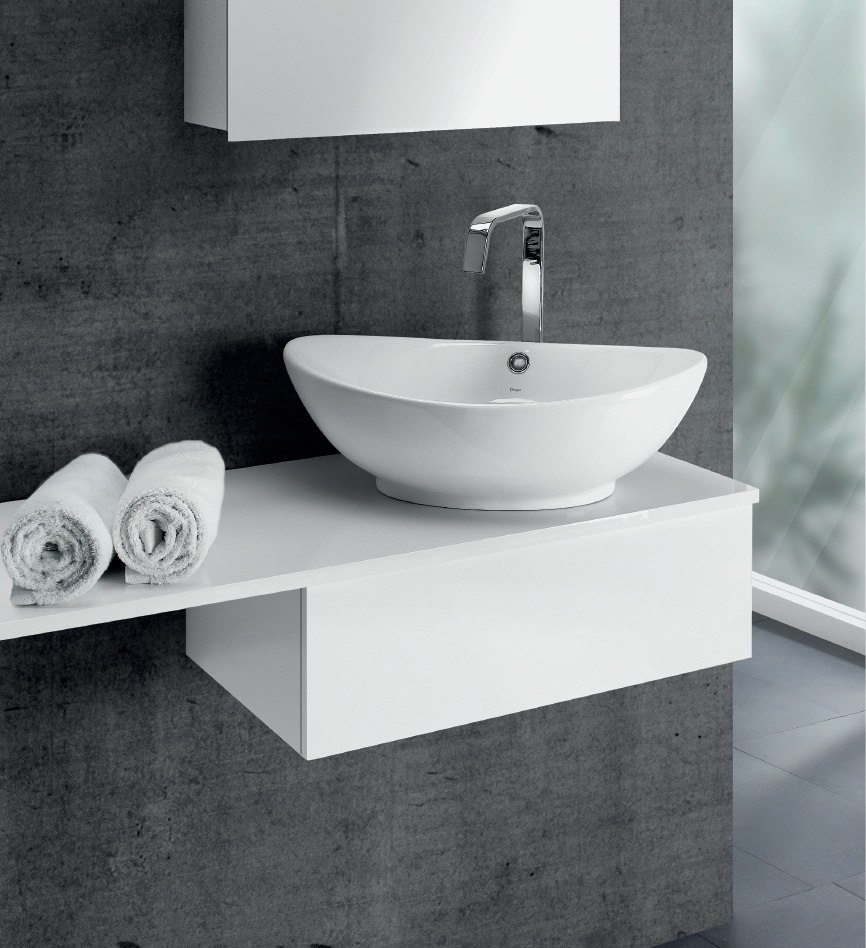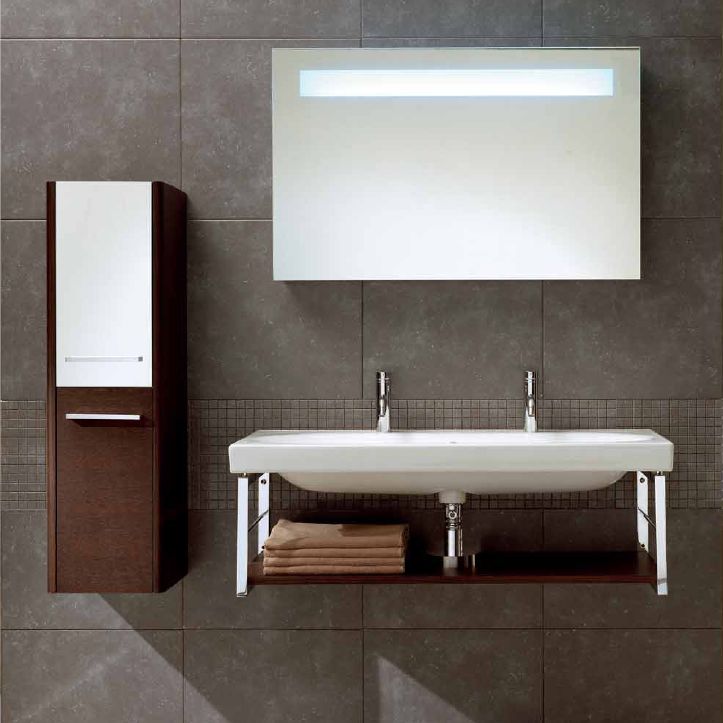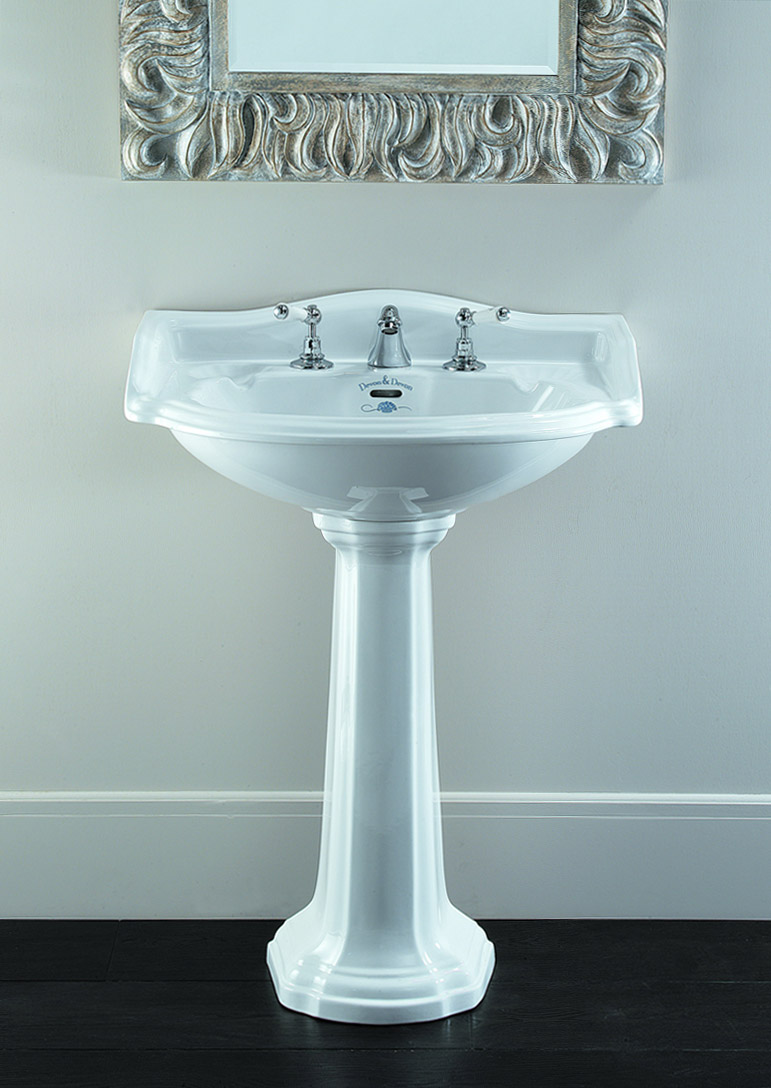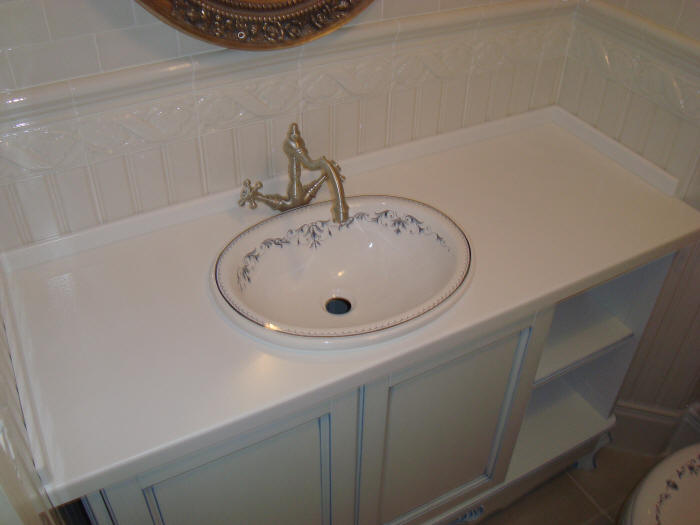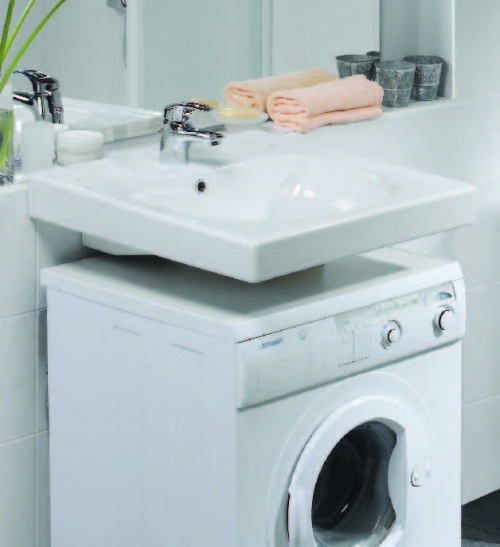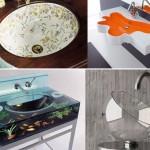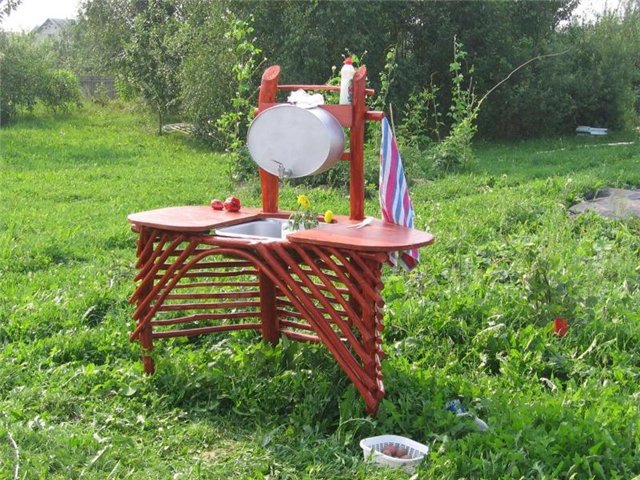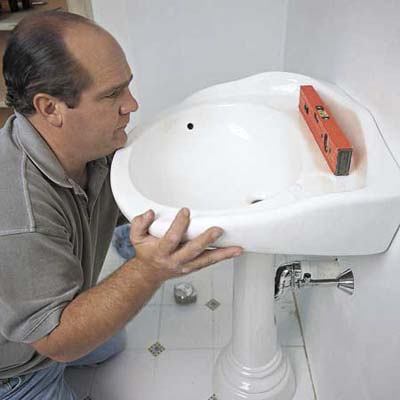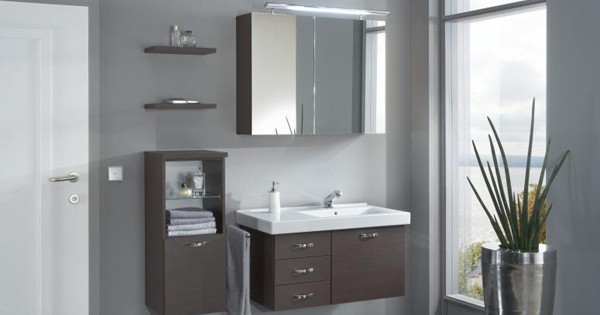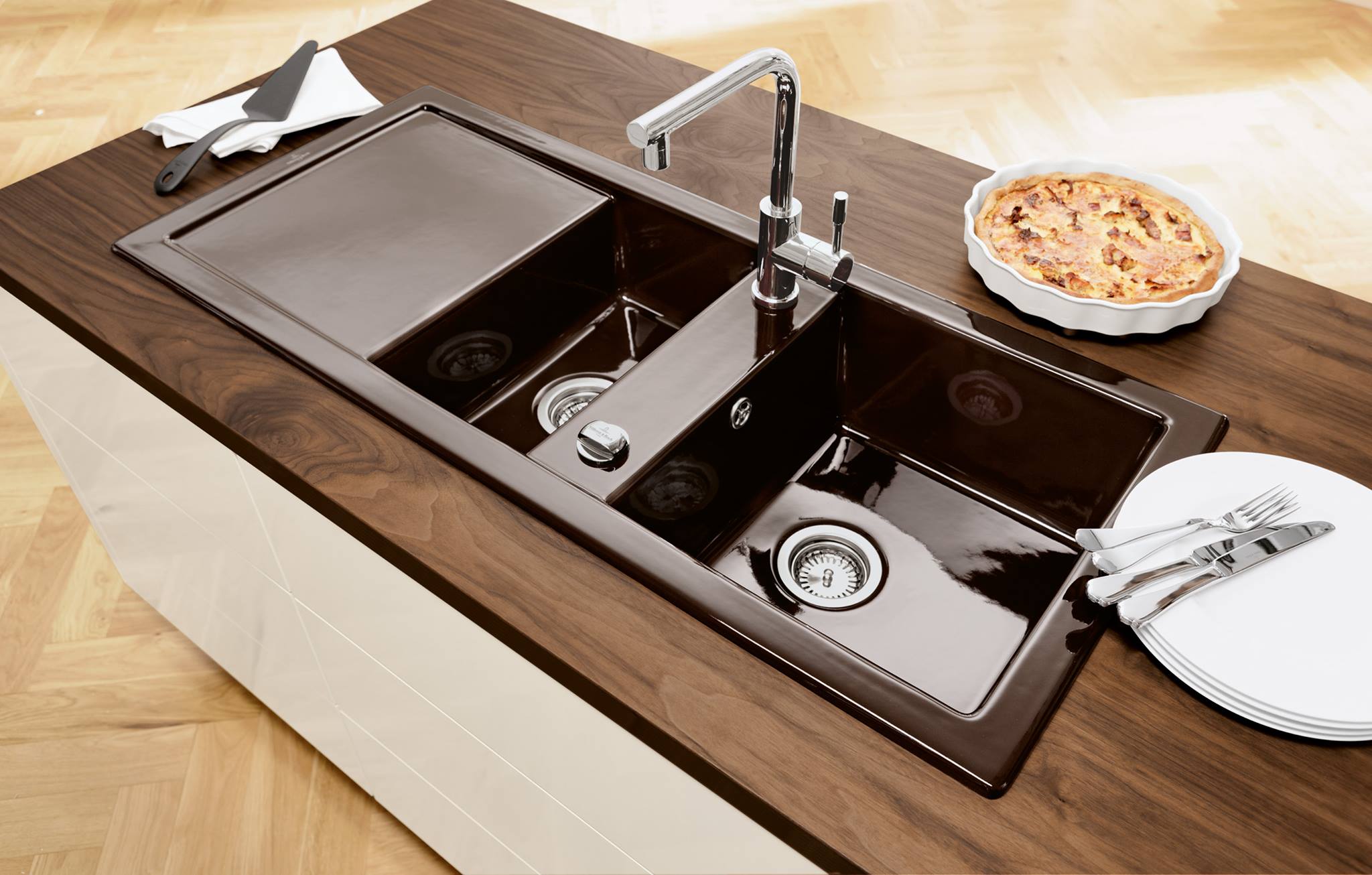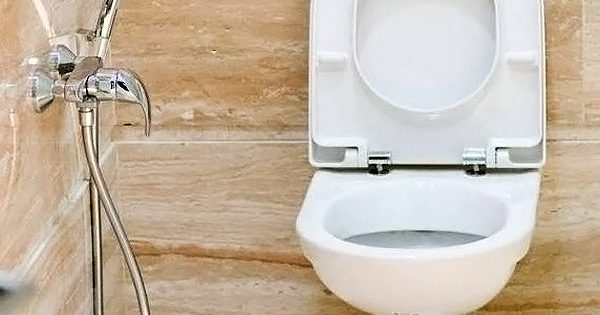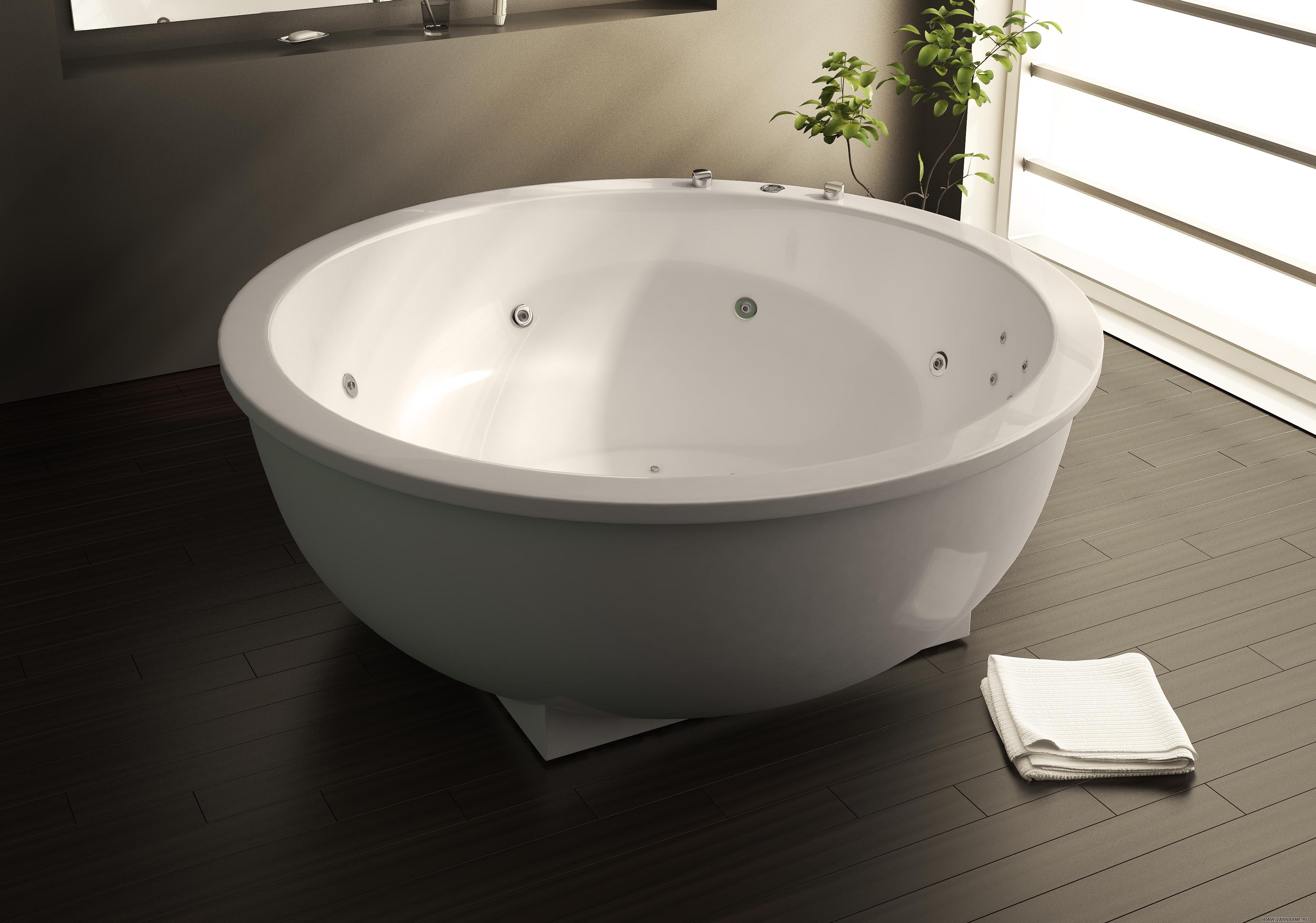Which washbasin to choose: material, size, type, shape
The washbasin is one of the most sought after items in the house. He is needed in order to wash, brush his teeth, wash his hands, and each of the family members does this procedure throughout the day. If you also hang over it mirror and attach a few shelves for cosmetic and hygiene products, you get a great place to care for yourself, or even a branch of a beauty salon. It’s probably not worth proving that the washbasin should be strong and durable, it is easy to tolerate constant use, not crack, not scratch, and even not make much noise under the influence of water, and at the same time look nice, because it depends on it bathroom perception. So which wash basin is best suited in each case?
To begin with, it would be nice to figure out how washbasins differ from sinks, and those, in turn, from the shells. Oddly enough, there are several different versions on this issue, but one claims to truth: sinks are a number of plumbing devices that resemble a sink from the sea in its shape. Among them, there are sinks - those sinks that are present in the kitchen and designed for washing dishes, and washbasins - devices located in the bathroom and serving for numerous hygienic procedures.
Production material
Modern washbasins are most often made of porcelain or its cheaper version - faience, but there are other models on the market. Each of the materials deserves special attention.
- China - expensive durable material, quite easy to care for. It is difficult to scratch or damage it, which means that such a sink can be used for many years, and at the same time remain in its original condition. But at the same time, such a material has one significant drawback - fragility. If something falls on the sink, then the likelihood that it will crack or break into small pieces is very high.

- Faience - an analogue of porcelain, only cheaper already, therefore, such washbasins are in high demand. They are pleasant in appearance, and when water falls, they do not create much noise. With careful use, such a product will last quite a long time.

- Steel washbasins will withstand the load of any item and will not crack. They are strong, inexpensive and extremely durable, but at the same time they are not very aesthetic, bad fit into the interior modern bathrooms require enamel. Do not forget that they make noise under the influence of the water flow, which is uncharacteristic for all other types of washbasins. By the way, scratches easily remain on the steel surface, so it is better not to use abrasive products to clean it. Such a sink is the best option for public places.

- Glass used for the manufacture of washbasins is not so rare. Such models look very beautiful, elegant, make the bathroom original and even expand the space due to its transparency. By the way, glass can be either transparent or frosted, have some color, decor, etc. The disadvantages of this option include the high cost, fragility of the structure, as well as the difficulty in maintenance, since it will not be easy to maintain such a wash basin in its ideal form: all prints and dust particles instantly become noticeable.

- Wooden washbasins are a real chic, a luxury that is not accessible to everyone. They will be a wonderful decoration for spacious classic-style bathrooms. In this case, the tree undergoes serious processing: special impregnations, protective moisture-proof layers. The result is a reliable, environmentally friendly sink with a unique appearance, but the price makes you look towards more affordable options.

- Sinks from stone also look very beautiful, harmonious, because they resemble a natural combination of stones and water. A natural stone washbasin is an expensive pleasure that also requires careful care. The artificial stone looks no different from the natural counterpart, but it is more affordable and easy to use.

Sizing
The washbasin should fit well to the bathroom, be functional, but do not take up too much space. To take into account the requirements of each of us, manufacturers offer completely different washbasins in both shape and size. So, the sink is considered to be standard, 50-60 cm long and 40 cm wide: From the point of view of ergonomics and functionality, this is the golden mean. But the modern market offers both larger options and more compact mini-washbasins designed for the smallest bathrooms. Before choosing and buying, it is important to carefully measure the parameters of the room, calculate and estimate everything, down to a centimeter, so that using the washbasin does not cause trouble.
Installation height also plays an important role. For an adult will be most convenient washbasin height 80-90 cm, and at the same time give preference to a deep bowl, as it is much more convenient. With a shortage of space, you can use angular models: they are more compact, and in functionality do not differ from ordinary sinks.
Types of Washbasins
The washbasin can be installed in the bathroom in completely different ways, and the same sink can be used in several different ways. The main types today are:
- cantilevered washbasins fastened to the wall, and do not rest on the floor. There is a lot of free space under the sink, which can be used to store laundry baskets, detergents or simply left free to visually increase the bathroom space. This is a nice option, in which all communications are hidden, but it will require powerful walls that can withstand the load of the washstand;

- tulip shells Use a special pedestal or semi-pedestal for installation. All communications are hidden in it: simply and simultaneously spectacularly. But you should not choose a pedestal that is too narrow, as access to communications can be difficult when need repair. In this case, the washbasin rests on a stand, this option is easy to install, but moisture can accumulate at the bottom of the pedestal, and you can’t organize a storage place here;

- built-in (mortise) in the locker or washbasin cabinet - the most aesthetic and practical option. A small bedside table under the sink will hide all communications and provide enough space for storing household chemicals or detergents. If you meet the sink in the countertop, under which they equip a lot of drawers, shelves and cabinets, then it turns out in general an ideal option - a functional interior detail, where you can wash and all kinds of bath accessories are not far away. Such furniture is most often made from moisture-resistant MDF, less often from chipboard, as this material does not resist moisture well, even less often from wood with special impregnations: although it can withstand bathroom conditions, it is expensive;

- if in the previous case the washbasin crashes into the countertop, that is overhead washbasinswho also earned wide popularity.In this case, the design turns out to be more interesting, you can dream up with the shape of the sink, it is easier to mount it, and all other advantages remain the same: you can use the tabletop area and the place under the sink with benefit;

- Separately, it is worth noting the washbasins that are installed to the washing machine: they save space, have dimensions, like the top panel of a horizontal washing machine, have a shallow depth, but at the same time they cope with their functions and are simply irreplaceable in small bathrooms. But, at the same time, they are difficult to install, draining the water is difficult due to the non-standard location of the drain hole, and the non-standard siphon will clog more often than usual.

Washbasin shape
This is where there is room for the imagination of designers, since this is the form of washbasins. They can be standard oval or square, and can take on absolutely any kind: be in the shape of a shell, a vase, an amphora, take a completely incomprehensible and inexplicable shape. Such non-standard forms Although no less functional than conventional sinks, they are used to a greater extent to create an exclusive design.
Regular sinks often come square, rectangular or semicircularif hung on a wall or mounted on a pedestal. If the sink is built into the countertop or cabinet, then more often round or oval. There are also angular options for cornering to save space.
In conclusion
When choosing a washbasin, also pay attention to trifles, for example, the presence of a hole for overflow, which will protect you from possible flooding. The manufacturer’s name also plays an important role: products from little-known Asian companies are rarely surprising with quality, so it’s better to buy a washbasin from trusted manufacturers, and they are presented in different price categories: from expensive Ravak, Am.Pm, Cersanit, Aquaform to more budget Kerasan, Marmite , Duravit, Roca, Hatria.

